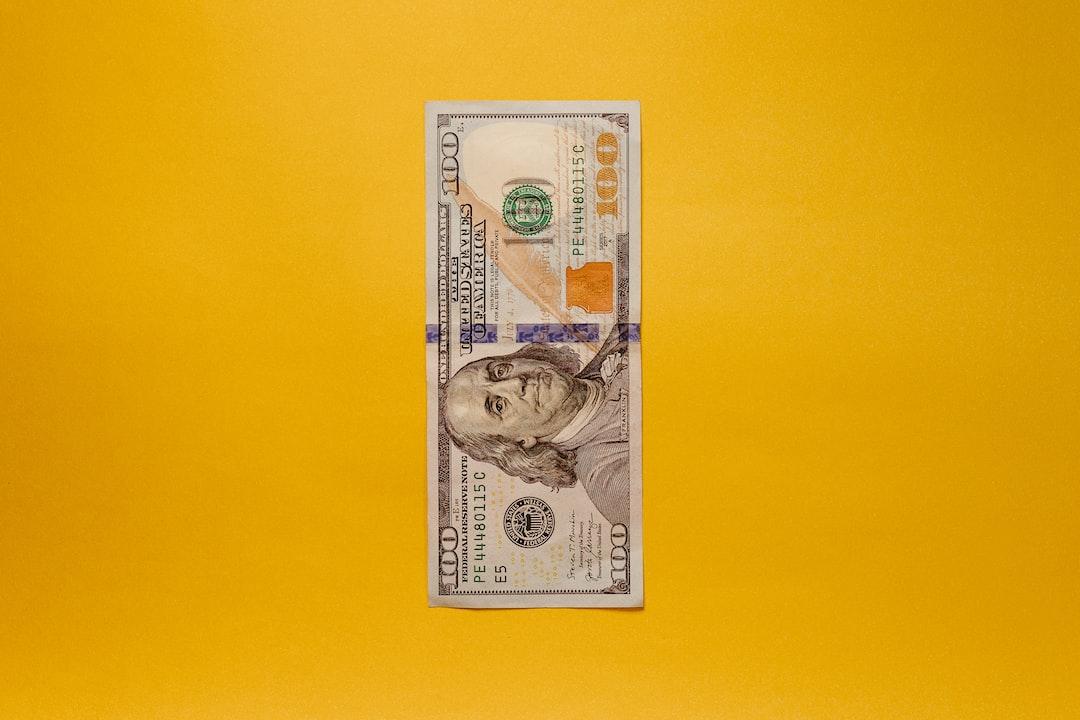Coin World Report:
Price is not everything for a project, and its development largely depends on market conditions, project quality, and the hype surrounding it.
Author: andrew.moh, Cryptocurrency KOL
Translation: Felix, PANews
Recently, getting listed on mainstream cryptocurrency exchanges, especially Binance, has become a real catalyst for projects.
“When Binance?” or “When listing Binance?” have become common phrases in the crypto community. Two key factors are driving this phenomenon:
1. Liquidity
As one of the largest centralized exchanges in the world, Binance has excellent liquidity, ensuring seamless and high-volume trading.
Listing on Binance can boost a project’s attractiveness and trading activity.
2. Reputation
Binance’s subsidiary, Binance Labs, is a benchmark for industry credibility. When a project gets recognition from Binance Research, it greatly enhances user awareness. With Binance’s support, user trust soars.
“If Binance is involved in the investment, this project will surely be a winner.”
Previously, Arthur Hayes, co-founder of BitMEX, wrote that Binance charges a listing fee of up to 8% of the token’s total supply and requires projects to purchase and stake BNB, which will be refunded upon delisting, equivalent to $5 million (other exchanges require depositing stablecoins or their tokens worth $250,000 to $500,000).
Related reading: Arthur Hayes to Crypto Projects: Instead of Trying to List on Binance, Go Directly to a DEX
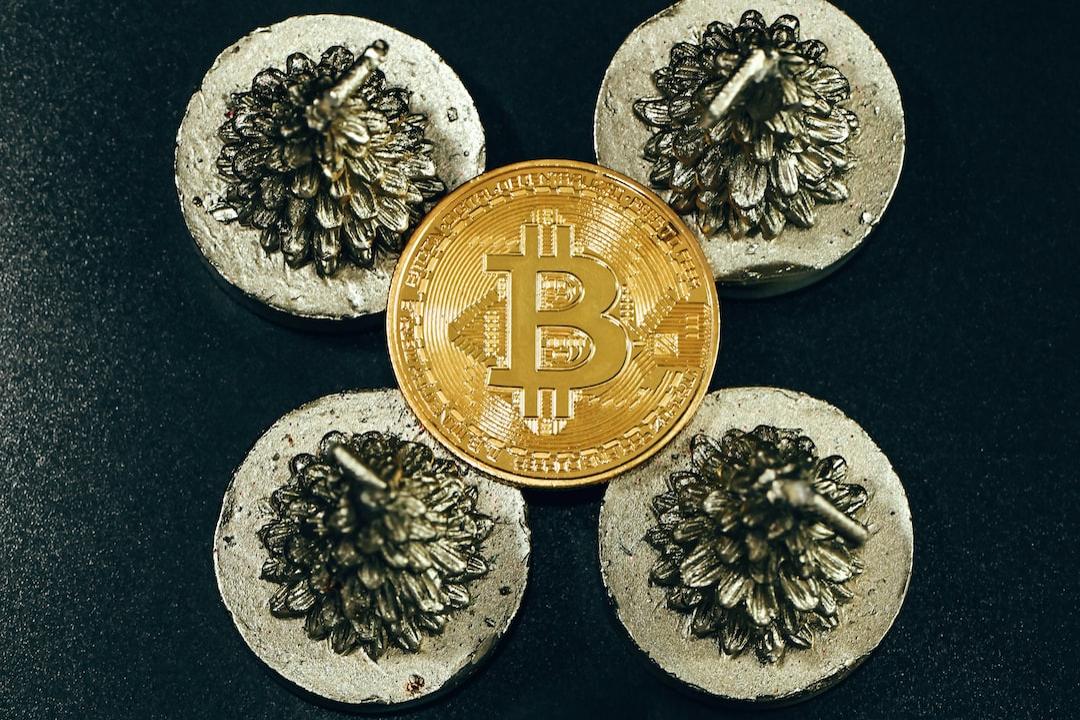
Projects wanting to get listed on Binance or other exchanges must invest a significant amount of funds.
Many TGE projects with high FDV often result in losses for retail investors.
At the same time, venture capital firms profit greatly, selling at prices as high as 142.5%.
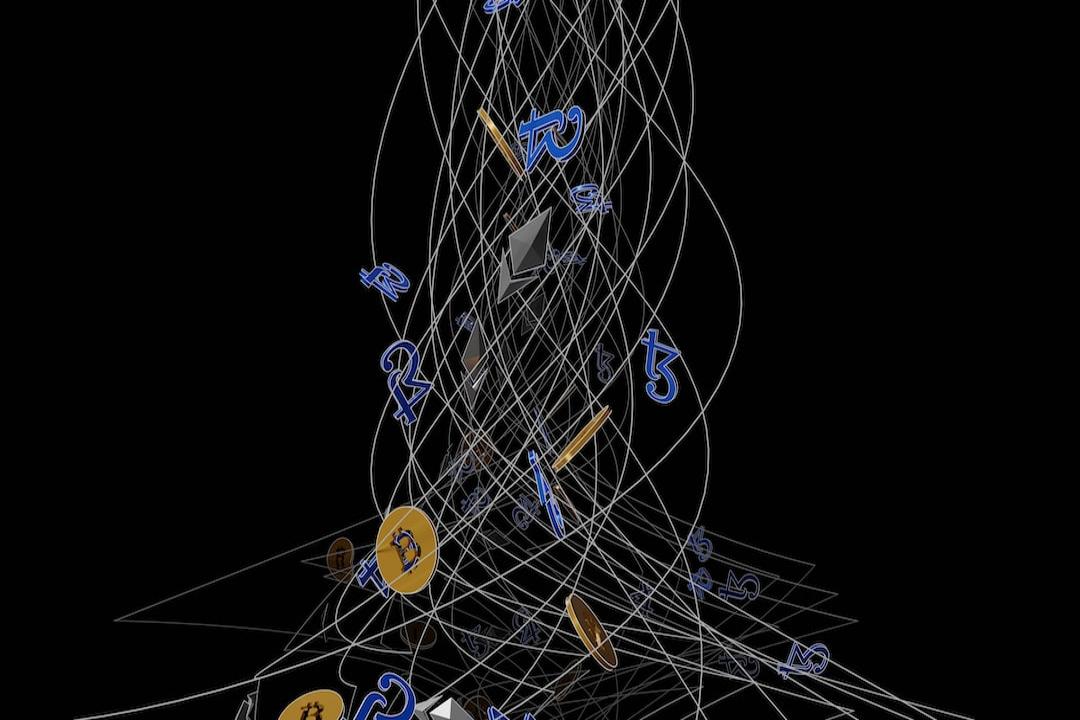
VanEck pointed out that investment funds focus too much on short-term gains, affecting users and projects. Hayes advised caution when prioritizing listing on Binance.
However, projects that get listed on Binance often succeed due to their strong community and technology. More and more valuable projects are following this trend.
Nevertheless, the high listing fees force projects and VCs to pursue short-term profits, negatively impacting investors’ performance in 2024.
So, the question remains: Is listing on Binance a definite price booster?
Price increases will depend on many key factors, not just listing on Binance, including:
1. Market conditions
2. Project quality
3. Hype surrounding it
and more.
1. Market conditions
Market conditions are the biggest factor directly affecting token prices.
The table below shows that out of the 37 tokens listed on Binance in 2024, apart from 5, all others are in a “break-even” state.
NEIRO has surged by 294% since its listing on September 16, with an FDV of approximately $690 million.
Most tokens listed on Binance in 2024 have experienced a decline, with over half seeing a decrease of at least 30-80%.
The worst performer is AEVO, which has dropped over 88% since its initial listing in February.
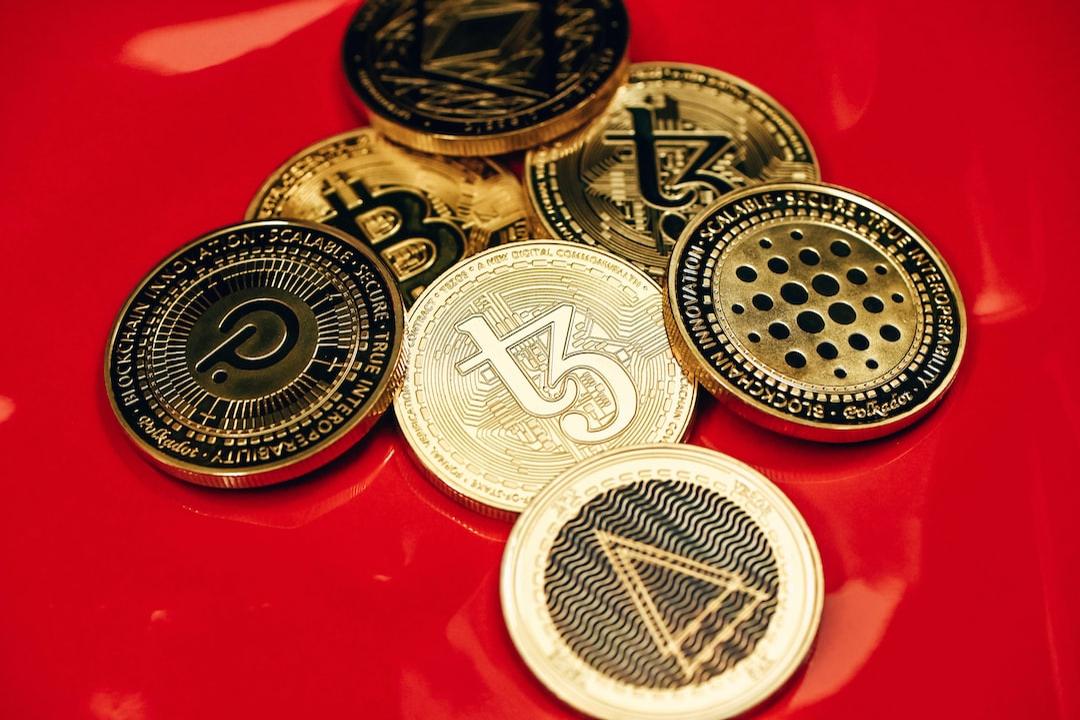
So, how should we view tokens listed on Binance?
Based on these statistics, one might lose trust in every project listed on Binance. (If you invested in projects listed on Binance in 2024, your win rate would be only 13.5%)
This is a normal phenomenon considering market trends.
BTC is approaching $70,000 and has risen from $42,000. But why are almost all altcoins still on a downward trend?
2. Project quality
You might think that Binance Labs is a reputable VC firm. Projects wanting to get listed on Binance are not just about financial stories. It also means:
Good product quality / innovation
Large community
Binance Labs rigorously reviews each project to ensure only the best ones are selected.
The seed tags on Binance are applicable to:
Tokens in the innovation zone, meant for trading new tokens while protecting other tokens from volatility risks.
Innovative tokens with potential future listings.
However, Binance always issues announcements related to monitoring tags. If a project listed on Binance has:
High volatility and poor liquidity tokens
Low market cap projects
Delisting risks
Suspicious operations endangering users
They will be tagged for monitoring.
If this continues, these projects will be delisted from Binance. It would be a disaster for the projects and their holders.
3. Hype surrounding it
Entering 2024, Web3 users are discussing “narratives.” From AI and DePIN to RWA, each narrative comes with a story expected to lead the industry towards mass adoption at a rapid pace.
But you can see the market’s reaction to these narratives. Almost all current narratives have their moments of excitement, but most of them end up in distress.
From the table, you can see that out of the 5 projects that have seen an increase, 4 are meme projects. Meme seems to be the magical ticket attracting millions of users.
According to CMC data, out of the top 100 meme projects by market capitalization, 11 are meme projects.
7 meme projects have a market capitalization exceeding $1 billion.
It is expected that in the next bull market cycle, at least 3 more meme projects will reach a market capitalization of $1 billion.
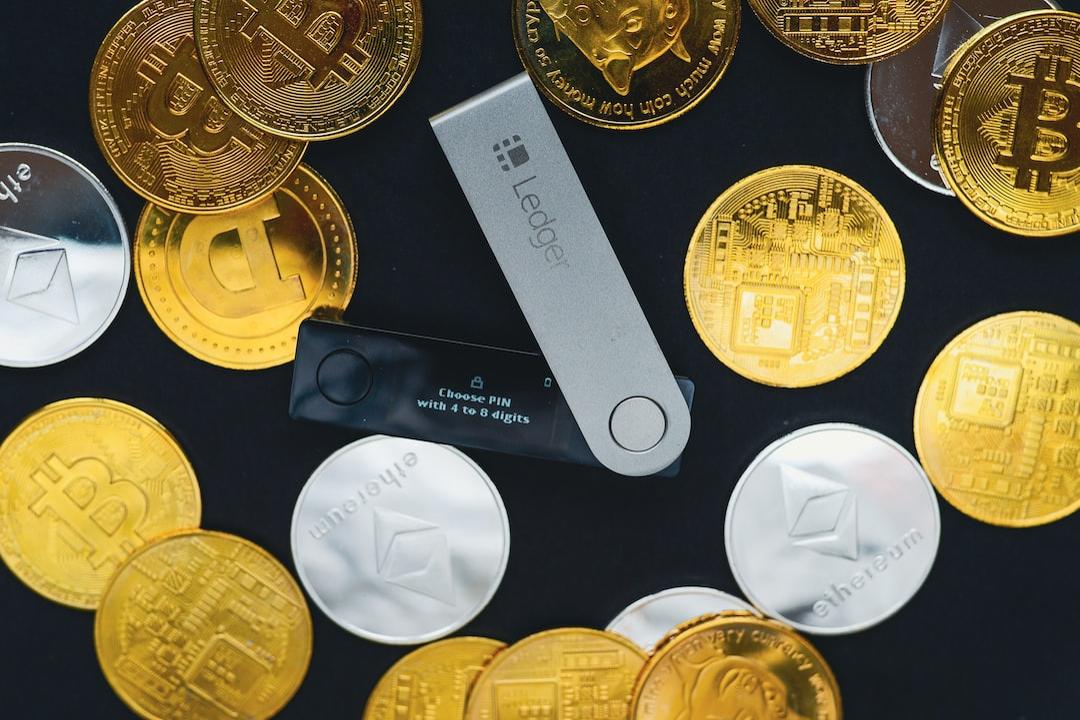
Conclusion
Getting listed on Binance may seem like a dream for every Web3 project, but it’s not just about price. Projects listed on Binance may undergo careful scrutiny from top VCs.
However, the development status of a project cannot be guaranteed. If users only invest in projects listed on Binance, it’s time to reconsider investment strategies. Price narratives are not everything, so wise investments are recommended to ensure a clear mind.
Subscribe to Updates
Get the latest creative news from FooBar about art, design and business.
Is Binances listing effect weakening Three key factors of market project quality and narrative contributing to the rise in coin price
Add A Comment

